Your bluegrass lawn probably never had any idea it was a record cold and snowy winter. While your driveway required over 9 feet! of snow to be removed, your lawn was mostly dormant and sleeping soundly under a deep blanket of insulation. Jim Woodemencey posted a great recap here https://www.mountainweather.com/2023/04/jacksons-cold-and-snowy-winter-of-2022-23/ so I won’t rehash the stats, but thought it would be helpful to forecast what you was happening under that blanket of snow for over 150 days, and what to expect when the snow melts.
The Meadow Vole https: (//animalia.bio/meadow-vole) is a formiddable opponent of turfgrass in the winter. During the summer you can find them hiding in the native grasses around the perimeter of your property where they are safe from the scavenging eyes of raptors, foxes, coyotes and other predators. During the winter however, they take advantage of the snow cover safe from predators and enter your yard to feed on the protein rich bluegrass. They consume 60% of their body weight every day. Females can have a litter a month of up to 12 babies, and a young female is sexually mature in only 3 weeks. Since they are so prolific, the amount of damage inflicted on your lawn is in direct proportion to the months of snow cover. With over 5 months of cover this winter, 5 females on your property back in October ’22 could have turned into over 100,000 individuals be the end April. That last month of snow cover, vole generation #5, is where the numbers really jump.
Luckily the damage they do from feeding on the lawn is mostly superficial. It looks bad when the snow first melts, but once the lawn is power raked, debris is raked and removed and a thin layer of compost spread to even out the grade, the turf recovers about 95% after a few weeks of sunshine and warm soil temperatures. Areas where the voles built nests and burrowed underground sometimes need to be replaced with new sod or soil/seed. If you hire a professional landscape company to do your spring cleanup, be prepared for them to be there longer than normal to get the job done since there will be much more debris to remove. If you’re on a set budget for your services, it would be a good idea this year to contact your landscaper prior to the spring cleanup and let them know what you’re able to spend on the service.
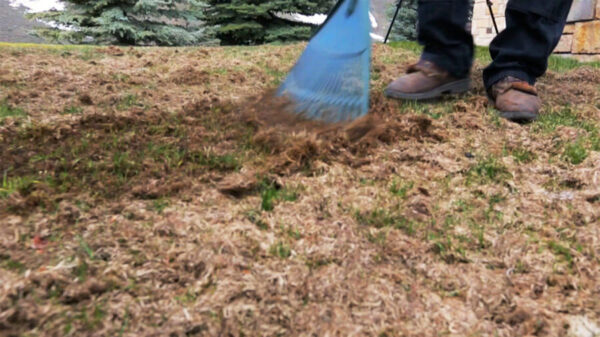
Snow mold is a fungus that thrives in prolonged dark, moist environments. Given the length of snow cover this winter, expect to see more snow mold in your lawn than normal. There are two types of snow mold, Pink and Gray. The bulk of what will infect your lawn is gray and the damage is limited to the leaves and will grow out. We encourage a thorough raking of the the lawn to stand everything up and allow sun to penetrate to the soil below to speed your recovery as much as possible.
If you’re lawn sits in a low spot and snow melt pools up on top of the turf, you may expect to see dead turf in the spring caused by freezing damage. Once the cells become active in the spring, the water molecules absorbed to the inside of the cell from standing water will freeze at night and rupture the cell walls, killing the plant. The only remedy for this problem is to re-sod the area and attempt to raise the grade so water doesn’t pool.
It may not look like it yet (4/17), but Spring will come eventually and the grass will green up, be patient. We are here to get your lawn cleaned up and growing healthy as soon as old ma’ nature will let us.


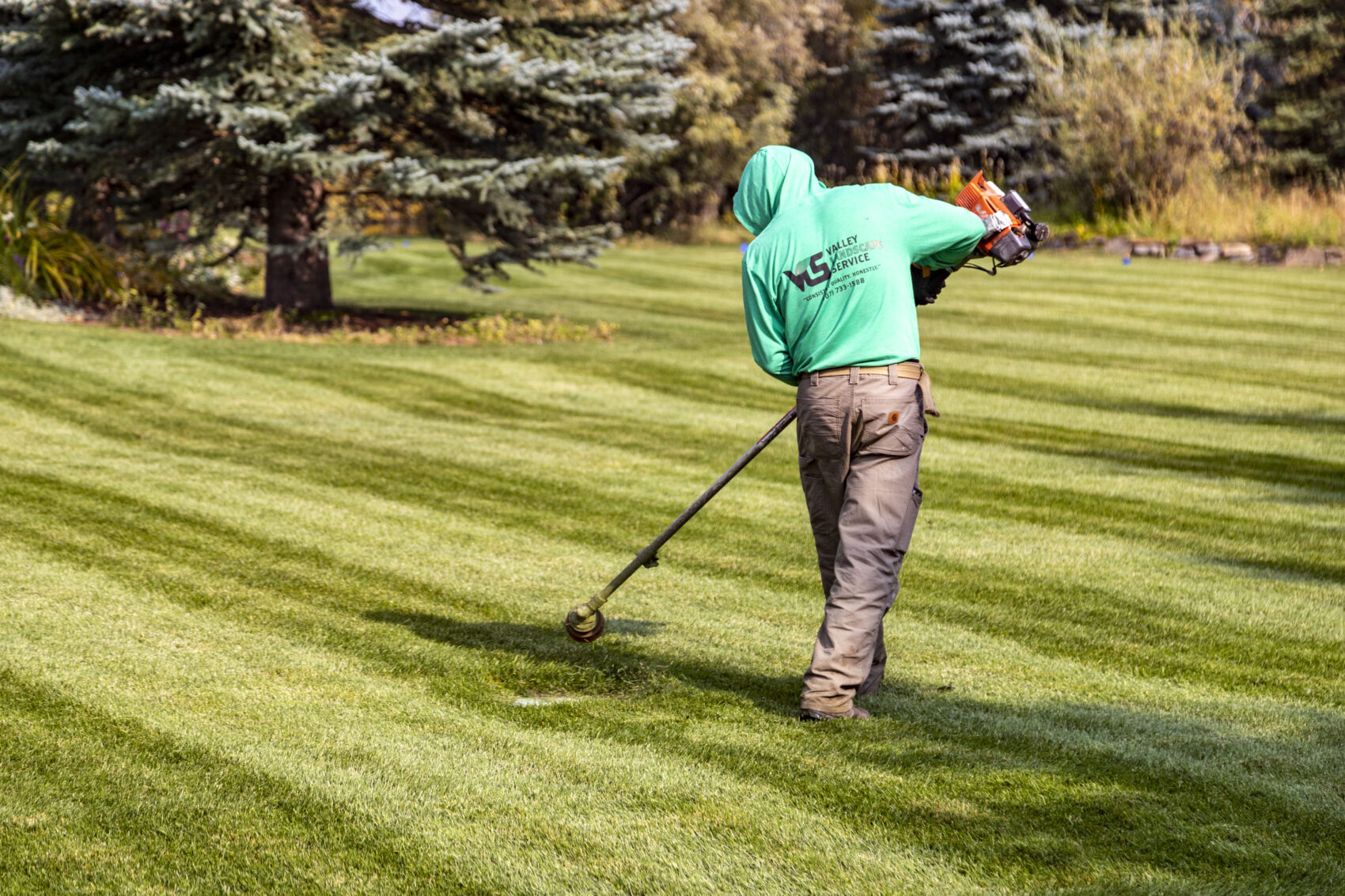
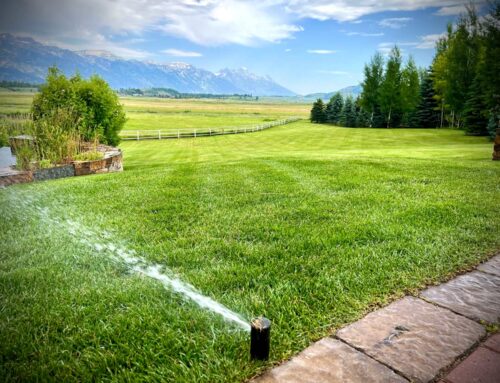
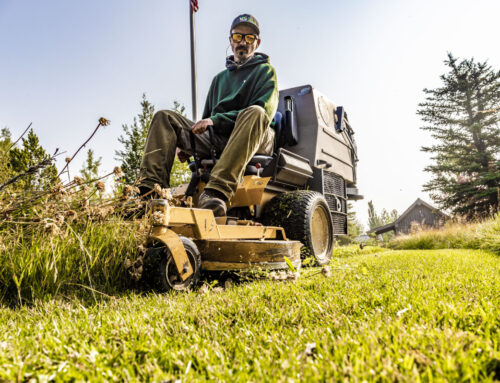
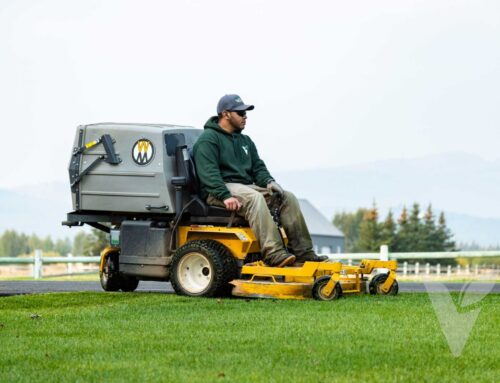
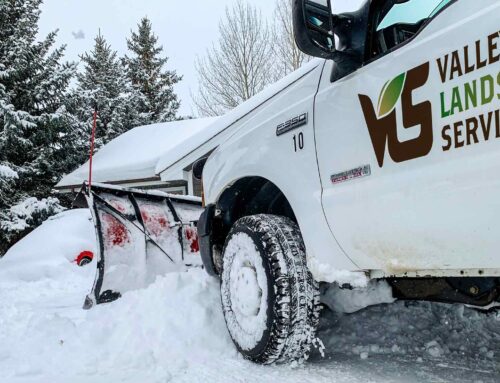
Leave A Comment